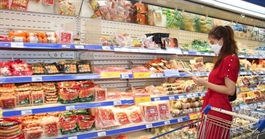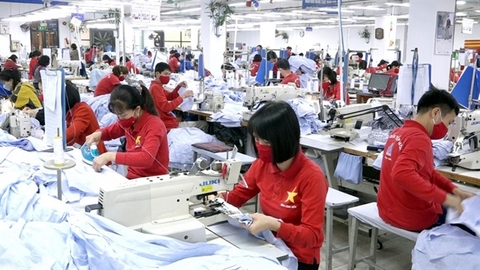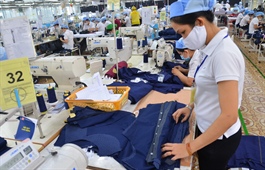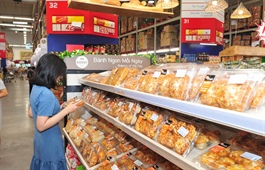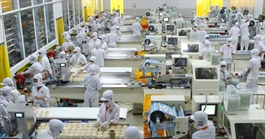Industry in need of strategic links
Industry in need of strategic links
With not everyone in Vietnam’s industrial landscape yet recovering from 2021’s troubles, many groups have no choice but to move from low-cost production to manufacturing higher-value products with the help of digital technology and foreign businesses.
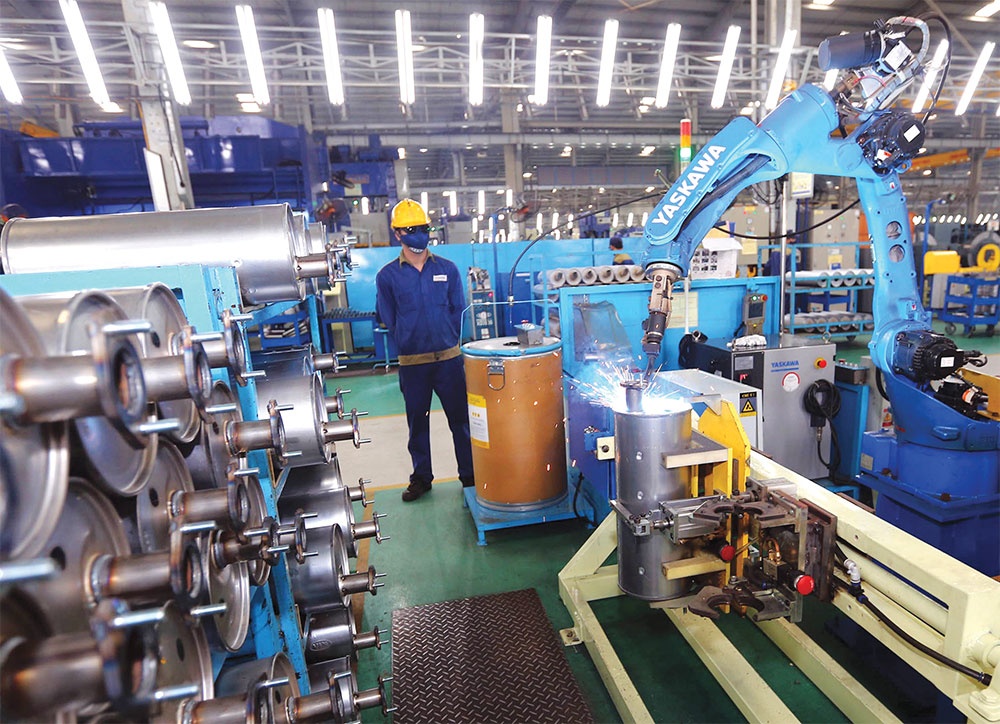
Next year, pressures and new risks for the Vietnamese economy will increase, said Ramla Khalidi, resident representative in Vietnam for the United Nations Development Programme at the Vietnam Economic Pulse Forum on November 22. According to Khalidi, the risks to the continuation of economic recovery mainly come from outside. The war in Ukraine, economic slowdown in China, rising international interest rates, a stronger USD, and growing recession risks in Europe could affect demand for Vietnamese exports and increases the risk of macroeconomic instability.
“Risks also come from the domestic banking and bond markets, which are highly sensitive to rapidly changing conditions in the real estate sector, while the negative impacts of climate change weigh increasingly on the agricultural and industrial sectors,” Khalidi said.
The Industry and Trade Development Report released by the Ministry of Industry and Trade (MoIT) a week ago showed that the Purchasing Managers’ Index in the first 10 months of 2022 of some industries decreased, such as for metal production (by 1.5 per cent) and rubber and plastic (down 5.4 per cent).
The MoIT’s data also shows a number of shortcomings and limitations, such as many difficulties in industrial production due to rising raw material costs, high transportation and logistics costs, and a local labour shortage in several industries.
Meanwhile, some key localities in the processing and manufacturing industries, such as Ho Chi Minh City and Long An, have not yet regained their previous growth momentum. The resumption of foreign markets has been very positive, but the supply chains have not returned to normal, affecting the overall growth rate of import and export, as well as the whole country.
According to the MoIT’s assessment, the number of new orders has slowed down since September in major export sectors such as textiles, footwear, electronics, and furniture. Some companies sold a smaller number of goods than expected, causing manufacturers to limit production in October, when industrial production increased only 3 per cent and manufacturing 3.4 per cent compared to a month earlier.
Despite the slow growth of the industry, Vietnam’s trade landscape remains positive, and directly connected to the performance of foreign-invested enterprises, which led the import and export growth in the first 10 months of this year with a total value of $428.99 billion, up 14.6 per cent. Meanwhile, the import-export value of domestic enterprises was $187.31 billion, up 12.9 per cent, equivalent to an increase of $21.4 billion over the same period last year.
Matsumoto Izumi, secretary of the Embassy of Japan to Vietnam, said, “The world needed to diversify supply chains due to the pandemic, and many enterprises related to the manufacturing industry, including Japanese ones, are focusing their attention on Vietnam.”
About half of Japanese enterprises want to expand operations within the next 1-2 years in Vietnam, up 8.5 percentage points from the previous year and ranking first in ASEAN, as survey results of over 700 companies in Vietnam by the Japan External Trade Organization showed in February.
Many businesses find that Vietnam’s manufacturing and supporting industries are shifting from low-cost manufacturing to producing higher-value products and increasing access to digital technology.
Hiroyuki Ueda, president of Toyota Motor Vietnam, last week attended VIMEXPO 2022, meeting with local businesses to expand the supply network.
“At VIMEXPO, we have connected with more than 20 potential suppliers, one of which has become the official supplier for Toyota Vietnam,” Ueda said.
Pham Tuan Anh, deputy director of the MoIT’s Department of Industry, said that the trend of restructuring, reshaping, and rebalancing the supply chain is being accelerated to avoid focusing on some traditional markets. “This trend can bring large capital flows and shift international investment into supporting industries in the near future. But the trend also poses many difficulties for domestic enterprises, as foreign-invested projects have not created close links with Vietnamese enterprises to join the value chain and develop domestic supporting industries.




